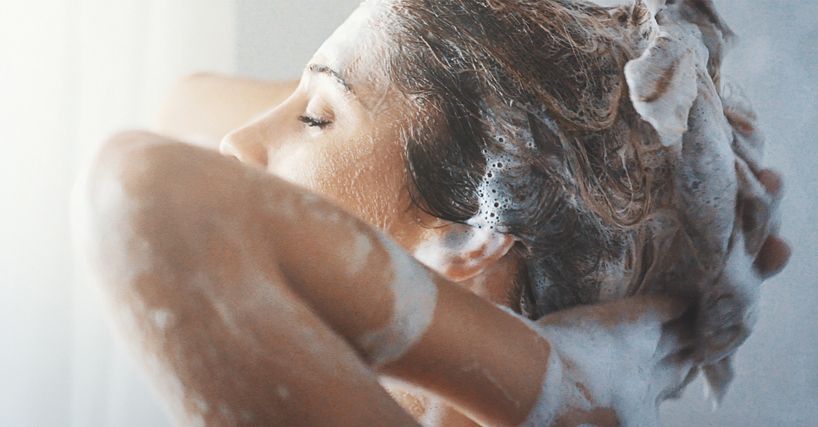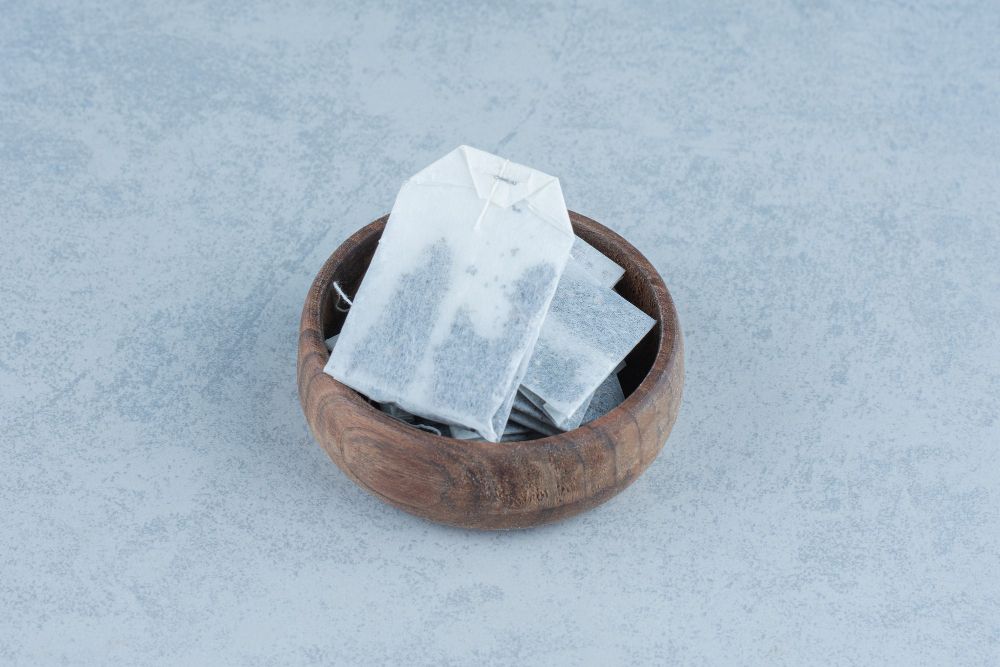
Book Now to Experience
PicoCure Pigmentation Removal Treatment
1 Minute Self-Registration
Date should not be before minimal date
Author: Natalie Ng|17 April 2025
If you’ve ever noticed those little light brown spots on your skin, especially on your nose and cheeks, you’re likely familiar with freckles. These spots are caused by melanin, the pigment that gives your skin color, and they can pop up due to sun exposure or genetics. While freckles are completely natural, you might be wondering how to remove them or at least lighten their appearance. Luckily, there are plenty of treatments available that can help fade freckles, reduce sun damage, and give your skin a smoother, more even tone. Whether it’s laser treatments, chemical peels, or simple skincare products, you’ve got plenty of options. Let’s explore the way to achieve clearer skin and improve your skin texture!

1
Causes of Freckles: How Are They Formed?
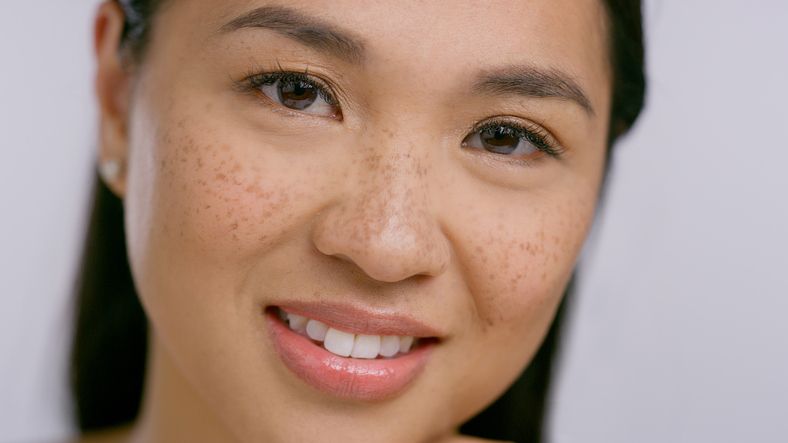
1. Genetics
2. Sun Exposure and UV Radiation
Ephelides vs. Solar Lentigines
Why Sun Exposure Matters

2
Chemical Exfoliation To Remove Freckles
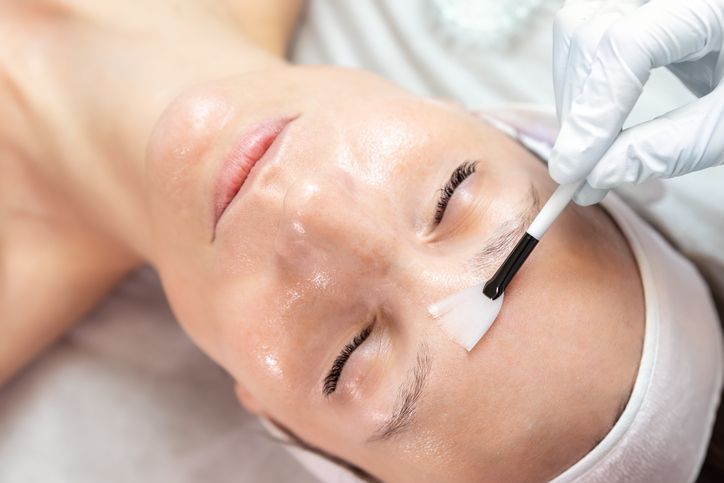
How Chemical Exfoliation Works
Types of Chemical Exfoliants
Benefits of Chemical Exfoliation for Freckles
Read More

3
Prescription-Strength Topical Treatments

Common Prescription-Strength Treatments
How to Use Prescription-Strength Treatments

4
How To Remove Freckles Naturally?
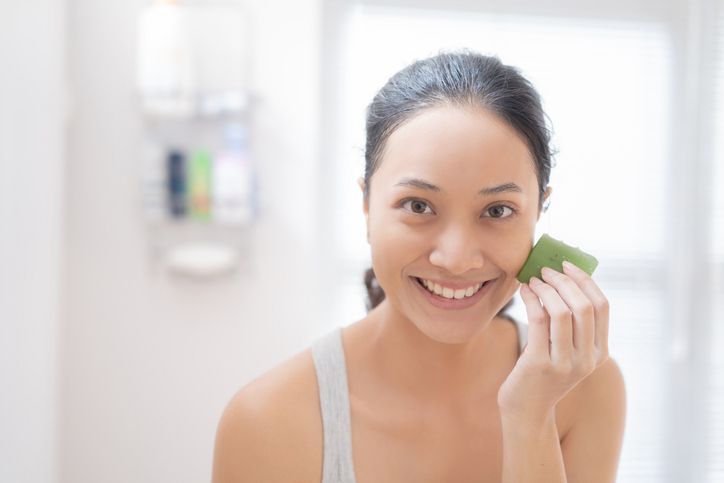
1. Aloe Vera
2. Lemon Juice
3. Honey and Cinnamon Mask
4. Apple Cider Vinegar
5. Papaya
6. Turmeric
7. Green Tea Extract

Book Now to Experience
PicoCure Pigmentation Removal Treatment
1 Minute Self-Registration
Date should not be before minimal date

5
Natural Remedies and PicoCure Pigmentation Removal Treatment: Maximizing Your Results

How PicoCure Pigmentation Removal Treatment Works
The Benefits of Combining Natural Remedies with PicoCure
Advantages of PicoCure Pigmentation Removal Treatment
What to Expect from PicoCure Treatment

6
Tips To Prevent Freckles
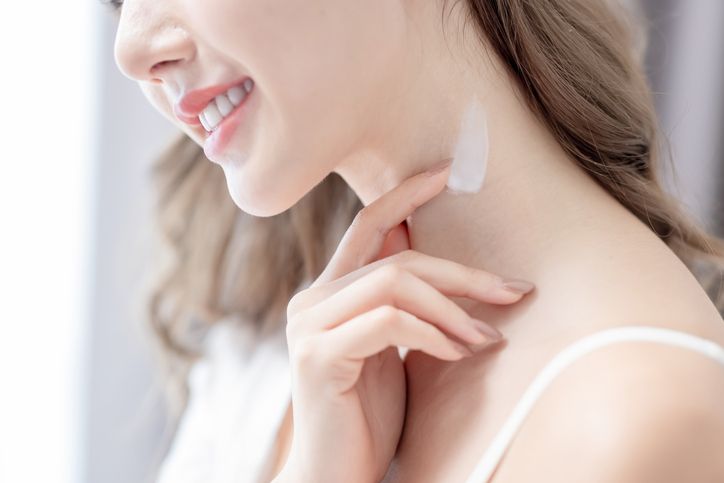
1. Use Sunscreen Daily
2. Avoid Sun Exposure During Peak Hours
3. Gentle Exfoliation
4. Hydrate and Nourish Your Skin
FAQ
1. Are freckles harmful to the skin?
No, freckles are not harmful to your skin. They are simply small, pigmented spots caused by an excess of melanin. However, they can indicate sun damage, which could increase your risk of other skin concerns, so it's important to protect your skin from excessive sun exposure.
2. Can freckles be completely removed with treatments?
While treatments like chemical exfoliation and laser therapy can significantly fade or lighten freckles, achieving a completely freckle-free complexion is not always guaranteed. Freckles may reappear with further sun exposure, but treatments can help minimize their appearance and reduce future pigmentation.
3. How long does it take to see results from PicoCure treatments?
PicoCure treatments typically require multiple sessions (around 6-8) to achieve the best results. Gradual improvements will be seen with each session, with freckles becoming lighter and more even over time.
4. Are there any risks associated with chemical exfoliation for fading freckles?
When used correctly, chemical exfoliants are safe. However, overuse or using too strong of a concentration can irritate the skin. It's important to follow recommended guidelines and pair exfoliation with proper sun protection to avoid worsening pigmentation.
5. Do I need a dermatologist for prescription-strength treatments, or can I use them over-the-counter?
Prescription-strength treatments like hydroquinone, tretinoin, and azelaic acid are typically recommended by a dermatologist for more persistent pigmentation. While some treatments are available over-the-counter, a dermatologist can guide you on the appropriate strength and ensure safe use, especially for sensitive skin.

Book Now to Experience
PicoCure Pigmentation Removal Treatment
1 Minute Self-Registration
Date should not be before minimal date
Recommended Articles
COPYRIGHT© NEW BEAUTY MANAGEMENT LIMITED 2025. ALL RIGHT RESERVED.


